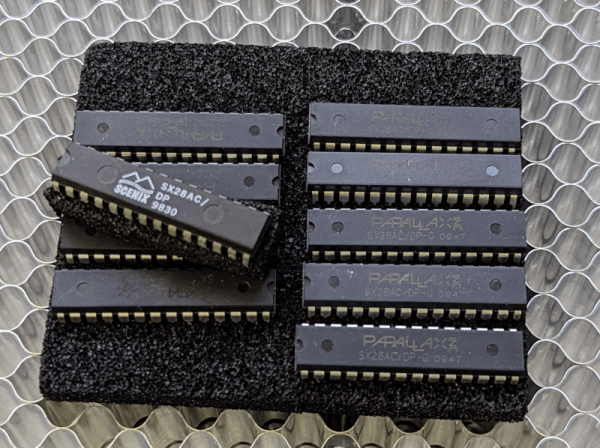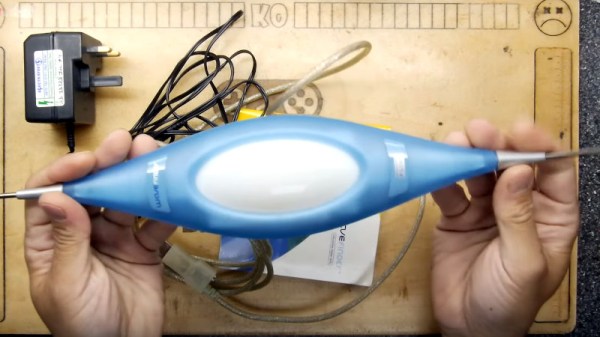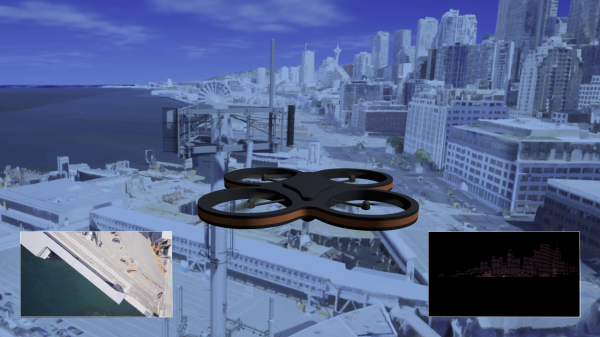Have you ever been tempted by those metal 3D printing services? [Carter Hurd] has, and puts them to the test with a wristwatch. (Video, embedded below.)
It’s fair to say that among Hackaday readers you will find a very high percentage of 3D printer ownership compared to the general population, but for most of us that means an FDM or perhaps even an SLA printer. These two technologies have both effectively delivered polymer printing at the affordable end of the market, but as readers will also be aware they are only the tip of the 3D printing iceberg. We know the awesomeness of your industrial 3D printer is defined by the size of your wallet, and while our wallets are small, we are offered a chance at the big time through the services of rapid prototyping companies that will print our models on these high-end machines. Thus [Carter]’s project video is as much about using these services as it is about making a wristwatch.
Continue reading “Put 3D Metal Printing Services To The Test, By Making A Watch”


















